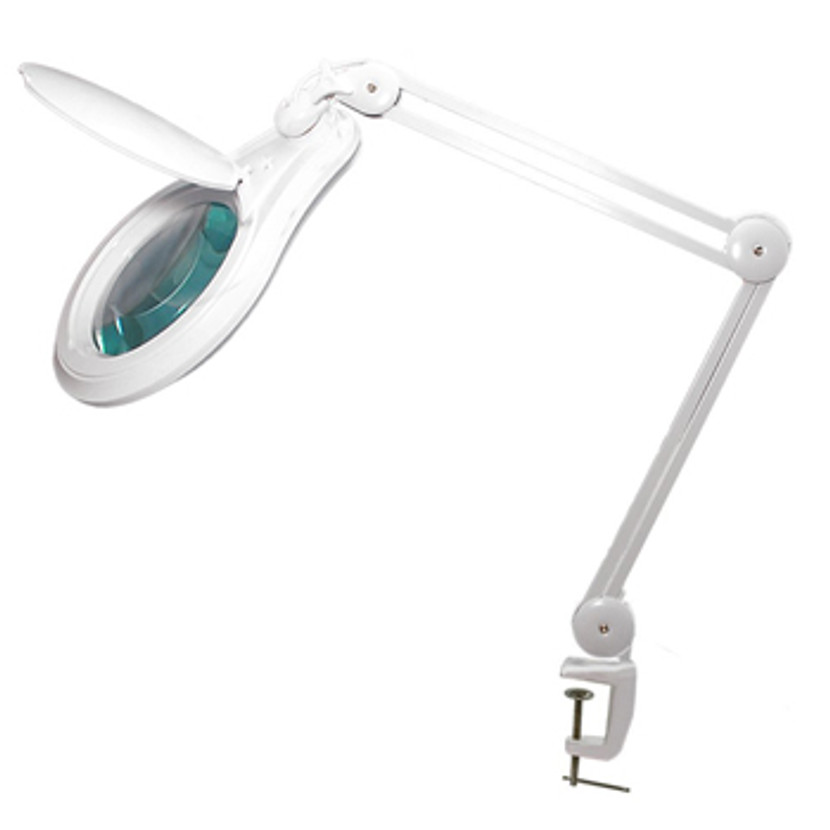Every Type of Microscope Objective Explained
Standard Achromatic Objectives
An achromatic (or achromat) objective is designed to limit the effects of chromatic & spherical aberration, in other words the incoming light rays are focused in the focal point. Achromatic lenses corrects for color, by bringing in two wavelengths (typically red and blue) into focus. The lack of a flat field of view and limited correction for chromatic aberration reduce the objectives performance. It has a flat field across the central 65% of the image of the field of view. It’s usually a pair of lenses.
Standard Apochromatic Objectives
Apochromatic Objectives are designed to refract the indexes of three wavelengths, or colors, of light the same. These objectives provide higher precision, spherical aberration correction, and almost always have a long working distance and a high numerical aperture (NA). Similar to achromatic objectives, apochromatic objectives suffer greatly from field curvature and distortion, worsening as the magnification increases.
Plan Objectives
Plan (or planar) objectives are the best quality objectives. They correct better color and field curvature than either the achromatic or semi-plan objective. Field curvature results when the off-axis image is unable to be brought into focus in a flat image plane, which results in a blurred image. Plan objectives display better and correct better with a flat field in the center, about 95% of the image. They also often have larger working distances.
Semi-Plan Objectives
Semi-plan (semi-planar, sometimes called micro-plan) objectives provide 80% of the field of view to appear flat. They can either be two lens element achromats or three or more element apochromats.
In simple terms, what is the difference between a standard achromatic objective and standard apochromatic objective?
Achromatic objectives are usually corrected for axial chromatic aberration at two wavelengths (red and blue) merging these rays into a single focal point. While apochromatic objectives are corrected for chromatic aberration at three wavelengths (red, blue and green) while being spherically corrected at two to three wavelengths.
When using a standard achromatic objective, the center of the image in the Field of View (FOV) is clear, but the image on the edge is not as clear as the center.
When using a plan achromatic objective to inspect sample, the image of the whole Field of View (FOV) is clear, the image on the edge is clear not fuzzy.
Need help finding the right objective for your microscope? We can help!
Email us at: sales@bolioptics.com
Recent Posts
-
Sep 4th 2025 | Posted by BoliOptics
How to Measure Your Microscope Eyepiece for the Correct Reticle Size
Buying the right microscope reticle starts with one critical step: measuring the internal diameter o … -
Oct 3rd 2024 | Posted by BoliOptics
How to Calculate a Microscope Camera's Total Digital Magnification
To calculate the total magnification of a traditional microscope with eyepieces and objectives, you … -
Sep 14th 2023 | Posted by BoliOptics
How to Convert Diopters to Magnification
Diopter indicates the amount of curvature of a lens. The thicker the lens, the bigger the curvature. …


